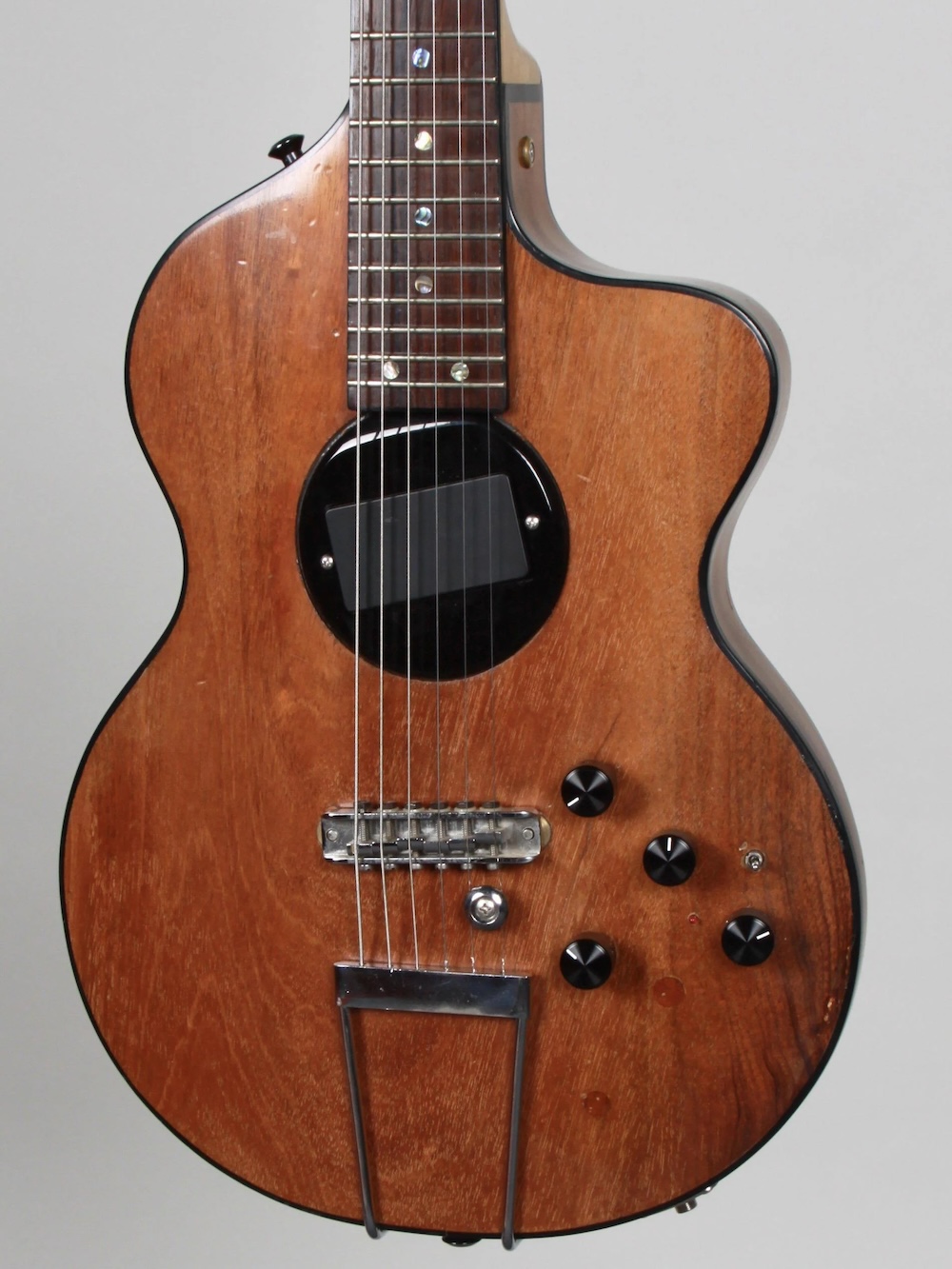
Among the most illuminating stories in guitar history is the collaboration between luthier Rick Turner and Fleetwood Mac’s Lindsey Buckingham, a partnership that yielded the Turner Model 1. Conceived in the mid-1970s, when amplification was getting louder and arrangements more intricate, the instrument answered a rare brief: deliver acoustic-like articulation and electric authority in one guitar. Turner brought experience from co-founding Alembic and a deep curiosity about electronics and ergonomics; Buckingham brought a demanding fingerstyle technique and studio-level expectations for clarity. The result was a bespoke instrument whose materials and design choices were not just unusual, but purposeful, and whose influence has persisted long beyond its first appearance on stage and in the studio.
Examining the Turner–Buckingham collaboration matters because it shows how one well-defined musical problem can drive enduring innovation in instrument design. Rather than chase novelty for its own sake, Turner tied every decision to Buckingham’s need for dynamics, separation, and reliability at high volume. The instrument that emerged broadened the vocabulary of the solid-body electric without abandoning playability or roadworthiness. In the history of guitar making, successes like this often come from clear communication between builder and player, proving that careful listening can be as transformative as bold engineering.
By the mid-1970s, Turner had set up shop in California after his pioneering work with Alembic, where low-impedance electronics and active tone controls were already pushing boundaries. Buckingham, newly central to Fleetwood Mac’s sound, was seeking an electric guitar that would translate a percussive, nail-driven fingerstyle into mixes crowded with keyboards, harmonies, and drums. Their paths crossed at just the right time: the guitarist needed definition and the luthier relished a challenge that blended acoustical insight with electric pragmatism. The brief called for a guitar that would resist stage bleed, cut through dense arrangements, and remain controllable from the player’s hands rather than the mixing desk.
Turner began with materials chosen for consistency and musical predictability. A mahogany body—selected for its even midrange and stable sustain—formed the core, with a carved, circular top that concentrated mass around the bridge to emphasize fundamental notes. The neck was built as a laminate for strength and stiffness, reducing dead spots and helping the guitar keep its setup under touring conditions. An ebony fingerboard, valued for its hardness and fast response, lent a glassy attack that suited Buckingham’s articulate picking.
No choice was decorative first; each piece of wood served the overarching goal of clarity without brittleness. Electronics made the Model 1 unmistakably different. Turner mounted a humbucker in a rotating carrier at the bridge, allowing the pickup to be angled relative to the strings and subtly changing which harmonics were emphasized. Paired with an onboard preamp and a sweepable EQ section, the guitar let Buckingham shape midrange presence from the instrument itself, moving from rounded comping tones to incisive lead sounds without changing guitars.
The wiring favored low-noise operation and repeatable settings, drawing on Turner’s Alembic-era experience with studio-grade circuitry. What might have been a gimmick elsewhere became a musical control surface in Buckingham’s hands. Ergonomics received equal attention, producing a guitar that looked unconventional but felt intuitive. The Model 1’s circular outline distributed weight comfortably and minimized sharp edges that can dig into a player’s forearm or ribs during long sets.
The neck joint, carefully sculpted, provided smooth upper-fret access without sacrificing structural integrity, a must for a touring instrument subjected to temperature swings and hard travel. Hardware was selected or fabricated to ensure precise intonation and stable tuning, with the overall setup tailored to a low action that still held up under heavy right-hand attack. Even the control layout was arranged for quick, repeatable adjustments mid-song. Proving the concept took real-world use, not just bench tests.
Buckingham took early examples on the road and into the studio, where the rotating pickup and active EQ could be tuned to fit specific arrangements night after night. As the band’s setlists shifted, Turner refined details, from voicing to feel, closing the loop between builder and player. The guitar delivered a consistent, focused presence that engineers could place in a mix without excessive outboard shaping. Crucially, it did so while preserving the nuance of a fingerstyle approach that could easily be smeared by conventional high-output setups.
Once the Model 1 had shown its worth onstage and on record, its influence spread beyond a single player. Turner produced additional examples for working musicians who wanted the same blend of immediacy and control, and the model became a calling card for a design philosophy that merged acoustical thinking with modern electronics. The rotating pickup concept, onboard EQ, and the calm, feedback-resistant voice anticipated the later boutique movement’s preference for problem-solving over nostalgia. Far from being a museum piece, the Model 1 proved a road-ready instrument that wore its innovations lightly—there when needed, invisible when not.
Today, the story stands as a case study in what bespoke lutherie can accomplish when innovation is tied to specific musical needs. Turner’s materials and design choices—mahogany core, laminated neck, ebony board, rotating humbucker, and active tone shaping—were not eccentricities; they were solutions. Buckingham’s playing gave those solutions a public proving ground, turning a custom build into a recognizably signature voice. Decades on, the Model 1 remains both a distinctive object and a set of ideas other builders still engage with, a reminder that the most enduring “one-of-a-kind” instruments are built on problems solved so well they become part of the language.





















































